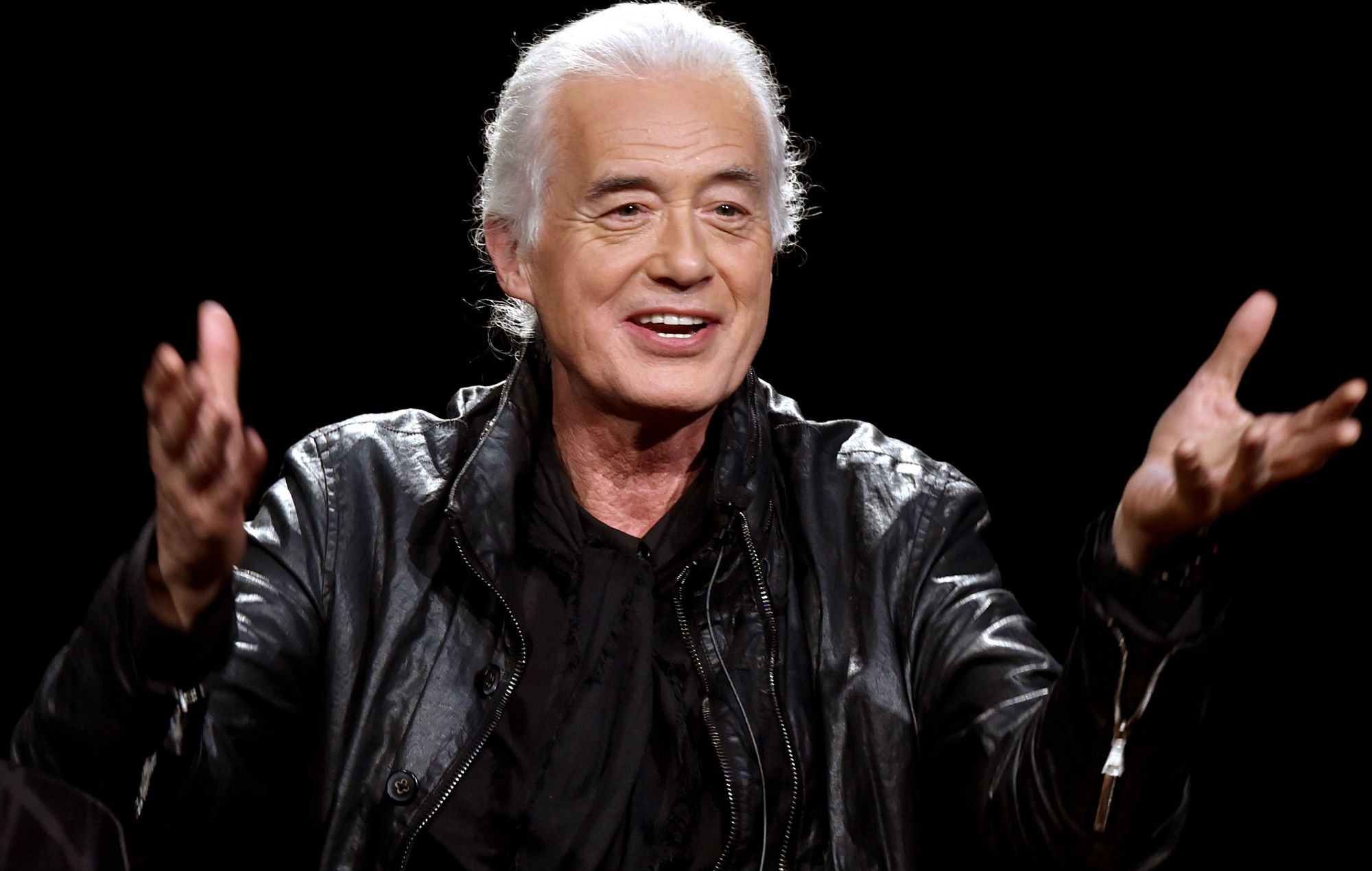Jimmy Page has tackled almost every aspect of electric guitar playing to some extent. From the moment he took up the guitar, Page set out to destroy the established conventions of rock guitar playing in order to create room for something fresh and innovative that Led Zeppelin would soon unveil. Page was set to challenge popular perceptions of what the instrument could do, although the first few Zeppelin songs did have a lot in common with his previous bands.
Page was a seasoned veteran of the English studio scene even before he came up with the idea to form a new band with Robert Plant and John Paul Jones. Page, who gained notoriety for contributing guitar solos to several iconic pop songs from the 1960s, eventually discovered his true calling as a solo artist, starring as The Yardbirds’ Wildman.
Songs like “Heart Full of Soul,” which introduced Page to the psychedelic movement, offered a nuanced look at what he was capable of, as he bent the guitar to produce one of his most famous riffs. Page realized he would need assistance from someone else to cross over after Jeff Beck joined the group, so he eventually formed a new version of The Yardbirds under Led Zeppelin.
However, when examining Zeppelin’s debut album, Page’s compositions remained influenced by the blues. With the exception of the folk ballad “Baby, I’m Gonna Leave You,” most songs have a standard rock and roll format, however several, like “Dazed and Confused” and “Communication Breakdown,” have a bluesy edge.
While Page and Plant wrote songs like “How Many More Times,” the guitarist said that the majority of the tunes were based on drafts he was still working on while still in The Yardbirds. Page acknowledged that his playing approach was almost exactly the same as what he had been working on with the blues greats, even though none of his former comrades had any composition credits on the last tracks.
Page described his time spent in the studio working on Zeppelin’s debut, “I remodelled those riffs and used them again, so the bowing on ‘How Many More Times’ and ‘Good Times, Bad Times’ was an extension of what I’d been working on with the Yardbirds, although I’d never had that much chance to go to town with it, and to see how far one could stretch the bowing technique on record, and obviously for anyone who saw the band, it became quite a little showpiece in itself.”
When fans heard Zeppelin perform live, they were astounded, regardless of when Page began wearing the bow. Zeppelin swiftly established themselves as one of the craziest bands on the circuit, with Page’s riffs driving the song half the time. With Plant’s mournful vocals and John Bonham’s thunderous drumming thundering through like a herd of wildebeest, Zeppelin became instantly recognizable.
However, that would just be the start. From the mellow tones of “Tangerine” to the roaring epics of later in their career, like “Kashmir,” the band was on the verge of producing some of the most savage rock and roll ever recorded as they began honing their craft on the following albums. Page wouldn’t have known what the songs on the first Zeppelin album would signify to the rest of the world, even though he could have still been thinking back to his past.
